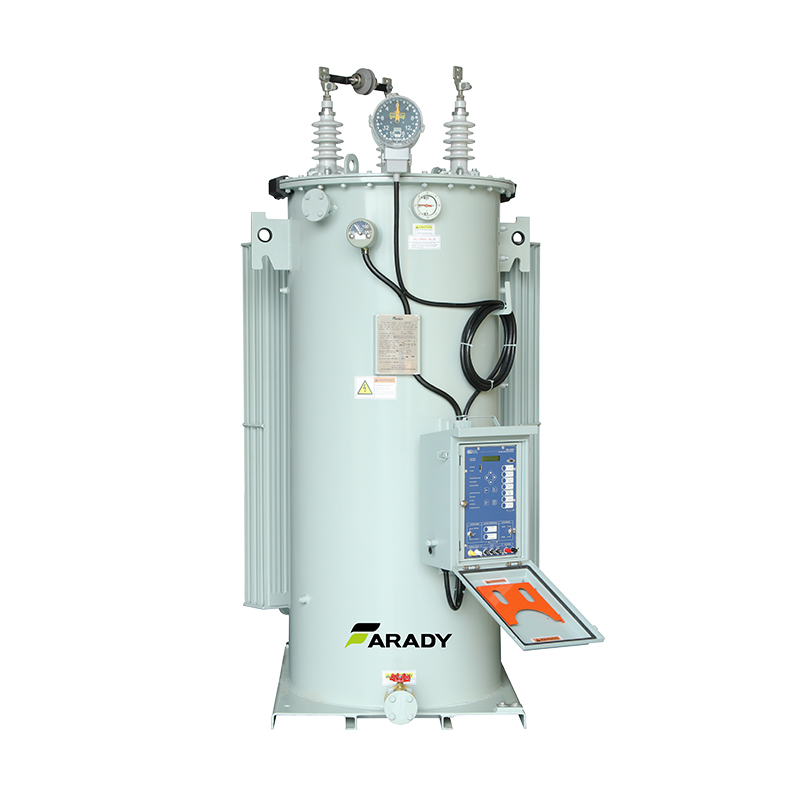Application and Case Analysis of Vacuum Circuit Breaker in Power System

Application and Case Analysis of Vacuum Circuit Breaker in Power System
1、 Application of Vacuum Circuit Breaker in Power System
Vacuum circuit breaker is a type of circuit breaker that uses vacuum as the extinguishing medium and insulation medium. Due to its characteristics of small contact distance, short arc ignition time, and fast recovery speed of contact gap medium after arc extinguishing, it has been widely used in power systems. The following are the main applications of vacuum circuit breakers in power systems:
1. Distribution network: In the distribution network of the power system, vacuum circuit breakers are widely used for the control and protection of distribution lines. They can perform frequent operations under normal conditions, as well as quickly cut off the current in case of short circuit or overload, to protect the lines and equipment from damage.
2. Substation: Vacuum circuit breakers play an important role in substations. They can serve as protective devices for the main transformer, quickly cutting off the power supply when abnormal current is detected to protect the transformer from damage. In addition, vacuum circuit breakers are also used in busbar systems and outgoing line protection to isolate faulty parts and ensure the normal operation of other parts.
3. Industrial field: In the industrial field, vacuum circuit breakers are widely used in factory power distribution systems, motor control, and automated production lines to improve production efficiency and safety.
4. Transportation field: With the development of urban transportation and rail transit, the application of vacuum circuit breakers in transportation fields such as subway power supply systems and electrified railways is becoming increasingly widespread.
5. In the field of renewable energy: Vacuum circuit breakers also play an important role in wind, solar and other power generation systems, used to control and protect the power output of power generation equipment.
2、 Case analysis of vacuum circuit breaker
Taking VS1 vacuum circuit breaker as an example, there have been cases where it could not be closed properly due to issues with the circuit breaker itself. After careful analysis, it was found that the root cause of the problem lies in the conflict between the anti trip relay K0 inside the circuit breaker and the anti trip function in the microcomputer protection device, resulting in the circuit breaker being unable to be closed again. After removing the K0 relay from the vacuum circuit breaker, the problem was solved. This case illustrates that in the process of equipment selection and operation, it is necessary to fully consider the compatibility and coordination issues between devices to avoid similar failures.
In addition, in another case, the VS1 vacuum circuit breaker encountered issues with the energy storage motor not automatically stopping and the energy storage indicator light not turning off when preparing to start power after a long period of parking. After inspection, it was found that this was due to the auxiliary switch controlling the operation of the energy storage motor failing to operate after the spring was filled with energy, resulting in the contacts not opening, causing the energy storage motor to work continuously with electricity. After readjusting the position of the auxiliary switch, the problem was solved. This case reminds us to pay attention to details during equipment maintenance, and promptly identify and solve potential faults and hidden dangers.
Overall, vacuum circuit breakers play an important role in power systems, with wide applications and significant effects. However, in practical use, attention should also be paid to equipment selection, coordination, and maintenance to ensure the stable operation of the power system.




